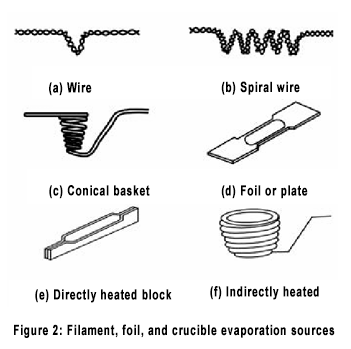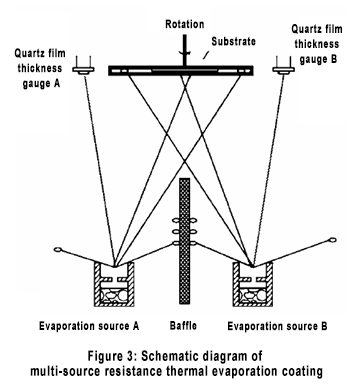
- English
- Español
- Português
- русский
- Français
- 日本語
- Deutsch
- tiếng Việt
- Italiano
- Nederlands
- ภาษาไทย
- Polski
- 한국어
- Svenska
- magyar
- Malay
- বাংলা ভাষার
- Dansk
- Suomi
- हिन्दी
- Pilipino
- Türkçe
- Gaeilge
- العربية
- Indonesia
- Norsk
- تمل
- český
- ελληνικά
- український
- Javanese
- فارسی
- தமிழ்
- తెలుగు
- नेपाली
- Burmese
- български
- ລາວ
- Latine
- Қазақша
- Euskal
- Azərbaycan
- Slovenský jazyk
- Македонски
- Lietuvos
- Eesti Keel
- Română
- Slovenski
- मराठी
- Srpski језик
Principles and Technology of Physical Vapor Deposition Coating (1/2) - VeTek Semiconductor
2024-09-24
Physical Process of Vacuum Coating
Vacuum coating can be basically divided into three processes: "film material vaporization", "vacuum transport" and "thin film growth". In vacuum coating, if the film material is solid, then measures must be taken to vaporize or sublimate the solid film material into gas, and then the vaporized film material particles are transported in a vacuum. During the transport process, the particles may not experience collisions and directly reach the substrate, or they may collide in space and reach the substrate surface after scattering. Finally, the particles condense on the substrate and grow into a thin film. Therefore, the coating process involves the evaporation or sublimation of the film material, the transport of gaseous atoms in a vacuum, and the adsorption, diffusion, nucleation and desorption of gaseous atoms on the solid surface.
Classification of Vacuum Coating
According to the different ways in which the film material changes from solid to gaseous, and the different transport processes of the film material atoms in a vacuum, vacuum coating can basically be divided into four types: vacuum evaporation, vacuum sputtering, vacuum ion plating, and vacuum chemical vapor deposition. The first three methods are called physical vapor deposition (PVD), and the latter is called chemical vapor deposition (CVD).
Vacuum evaporation coating
Vacuum evaporation coating is one of the oldest vacuum coating technologies. In 1887, R. Nahrwold reported the preparation of platinum film by sublimation of platinum in vacuum, which is considered to be the origin of evaporation coating. Now evaporation coating has developed from the initial resistance evaporation coating to various technologies such as electron beam evaporation coating, induction heating evaporation coating and pulse laser evaporation coating.

Resistance heating vacuum evaporation coating
The resistance evaporation source is a device that uses electrical energy to directly or indirectly heat the film material. The resistance evaporation source is usually made of metals, oxides or nitrides with high melting point, low vapor pressure, good chemical and mechanical stability, such as tungsten, molybdenum, tantalum, high purity graphite, aluminum oxide ceramics, boron nitride ceramics and other materials. The shapes of resistance evaporation sources mainly include filament sources, foil sources and crucibles.

When using, for filament sources and foil sources, just fix the two ends of the evaporation source to the terminal posts with nuts. The crucible is usually placed in a spiral wire, and the spiral wire is powered to heat the crucible, and then the crucible transfers heat to the film material.

VeTek Semiconductor is a professional Chinese manufacturer of Tantalum Carbide Coating, Silicon Carbide Coating, Special Graphite, Silicon Carbide Ceramics and Other Semiconductor Ceramics. VeTek Semiconductor is committed to providing advanced solutions for various Coating products for the semiconductor industry.
If you have any inquiries or need additional details, please don't hesitate to get in touch with us.
Mob/WhatsAPP: +86-180 6922 0752
Email: anny@veteksemi.com



